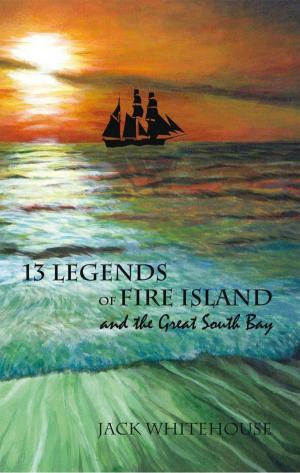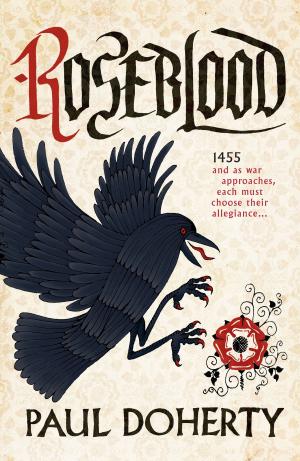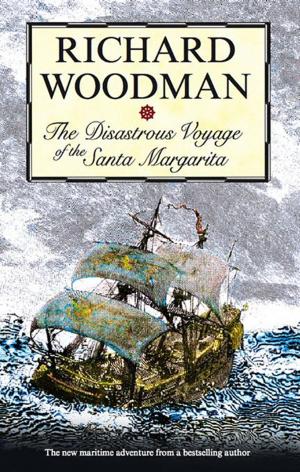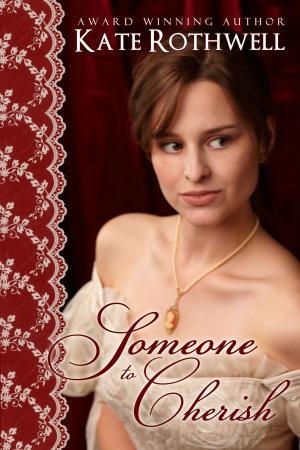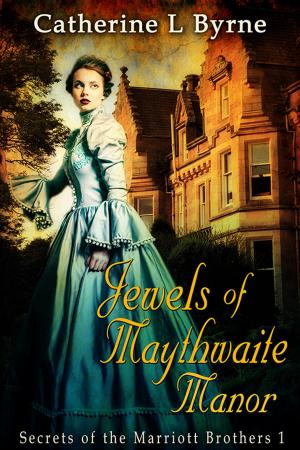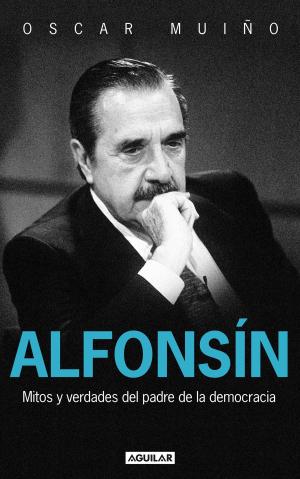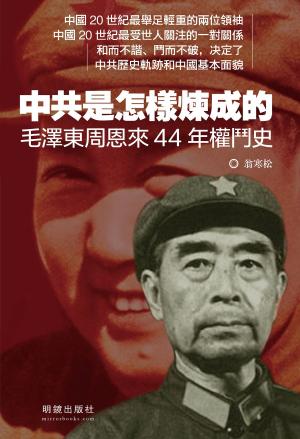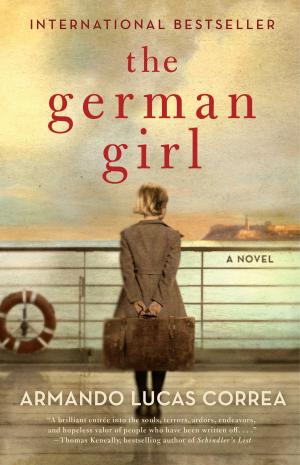| Author: | Nick Vulich | ISBN: | 9781524238377 |
| Publisher: | Nick Vulich | Publication: | January 31, 2016 |
| Imprint: | Language: | English |
| Author: | Nick Vulich |
| ISBN: | 9781524238377 |
| Publisher: | Nick Vulich |
| Publication: | January 31, 2016 |
| Imprint: | |
| Language: | English |
Don’t like history? You’re probably reading the wrong books.
Read History Bytes, and you’re gonna think, wow! Why didn’t somebody tell me that? American history is full of strange paradoxes, and that’s what makes it so interesting.
The truth is much of what we learn about history is a series of little white lies that over time have grown into tall tales.
Imagine what it would be like to wake up, flip on the morning news, and discover Bradley Cooper or Ashton Kutcher assassinated President Obama. That’s what happened in 1865. People were shocked when they learned John Wilkes Booth killed President Lincoln. Booth was one of the most popular actors of his day. He was young, just twenty-six years old, considered one of the most attractive men in America. At the time he killed Lincoln, Booth was pulling down $20,000 a year as an actor (that’s roughly $300,000 in 2015 money). What was going on in the mind of John Wilkes Booth?
Why doesn’t everyone know the Boston Massacre wasn’t really a massacre? Subsequent testimony proved the soldiers fired in self-defense. The King Street riot was started by a group of four street thugs who got their rocks off attacking lone British soldiers. Sam Adams and Paul Revere twisted it into a massacre.
And, if you think the Boston Tea Party was a response to British taxes that raised the price of tea in the colonies, think again. The Tea Act of 1773 actually reduced the price of tea paid by the colonists. The people hurt by the Tea Act were the smugglers. The lower price of tea undercut their business, and ensured that the East India Company would have a monopoly on tea.
I could tell you more, but you get the idea. Things aren’t always what they appear to be. There are two sides to every story. All that stuff your teacher told you in school—it may, or may not be true.
Killing The Presidents offers a brief and fascinating look at the Presidents who lost their lives, the motives and mental states of the assassins, and the reactions of the public to the shootings.
Among the characters you will meet are:
Charles Julius Guiteau, the man who shot James Garfield. He told authorities “I was in my bed … and I was thinking over the political situation, and the idea flashed through my brain that if the President was out of the way everything would go better…” And later, during his trial, he added, “I presume I shall live to be President. Some people think I am as a good man as the President (Chester A. Arthur) now.”
John Schrank, the man who shot Theodore Roosevelt, said “In a dream I saw President McKinley sit up in his coffin pointing at a man in a monk’s attire in whom I recognized Theodore Roosevelt. The dead President said—This is my murderer—avenge my death.” And, so he shot, and wounded the Bull Moose Candidate.
John Wilkes Booth, the assassin of President Lincoln, wrote in his diary just a few nights before his death, “I have to great a soul to die like a criminal…”
The stories are amazing.
The similarities between each of the assassinations make you sit up and think. Most of the assassins discovered the President’s itinerary by reading the newspaper. Leon Czolgosz, the assassin of President McKinley, told authorities, “Eight days ago, while I was in Chicago, I read in a Chicago newspaper of President McKinley’s visit to the Pan-American Exposition at Buffalo. That day I bought a ticket and got here with the determination to do something, but I did not know just what. I thought of shooting the President…”
This is the story of the assassinations, told as much as possible in the words of the witnesses, the assassins, and the attempted assassins.
Don’t like history? You’re probably reading the wrong books.
Read History Bytes, and you’re gonna think, wow! Why didn’t somebody tell me that? American history is full of strange paradoxes, and that’s what makes it so interesting.
The truth is much of what we learn about history is a series of little white lies that over time have grown into tall tales.
Imagine what it would be like to wake up, flip on the morning news, and discover Bradley Cooper or Ashton Kutcher assassinated President Obama. That’s what happened in 1865. People were shocked when they learned John Wilkes Booth killed President Lincoln. Booth was one of the most popular actors of his day. He was young, just twenty-six years old, considered one of the most attractive men in America. At the time he killed Lincoln, Booth was pulling down $20,000 a year as an actor (that’s roughly $300,000 in 2015 money). What was going on in the mind of John Wilkes Booth?
Why doesn’t everyone know the Boston Massacre wasn’t really a massacre? Subsequent testimony proved the soldiers fired in self-defense. The King Street riot was started by a group of four street thugs who got their rocks off attacking lone British soldiers. Sam Adams and Paul Revere twisted it into a massacre.
And, if you think the Boston Tea Party was a response to British taxes that raised the price of tea in the colonies, think again. The Tea Act of 1773 actually reduced the price of tea paid by the colonists. The people hurt by the Tea Act were the smugglers. The lower price of tea undercut their business, and ensured that the East India Company would have a monopoly on tea.
I could tell you more, but you get the idea. Things aren’t always what they appear to be. There are two sides to every story. All that stuff your teacher told you in school—it may, or may not be true.
Killing The Presidents offers a brief and fascinating look at the Presidents who lost their lives, the motives and mental states of the assassins, and the reactions of the public to the shootings.
Among the characters you will meet are:
Charles Julius Guiteau, the man who shot James Garfield. He told authorities “I was in my bed … and I was thinking over the political situation, and the idea flashed through my brain that if the President was out of the way everything would go better…” And later, during his trial, he added, “I presume I shall live to be President. Some people think I am as a good man as the President (Chester A. Arthur) now.”
John Schrank, the man who shot Theodore Roosevelt, said “In a dream I saw President McKinley sit up in his coffin pointing at a man in a monk’s attire in whom I recognized Theodore Roosevelt. The dead President said—This is my murderer—avenge my death.” And, so he shot, and wounded the Bull Moose Candidate.
John Wilkes Booth, the assassin of President Lincoln, wrote in his diary just a few nights before his death, “I have to great a soul to die like a criminal…”
The stories are amazing.
The similarities between each of the assassinations make you sit up and think. Most of the assassins discovered the President’s itinerary by reading the newspaper. Leon Czolgosz, the assassin of President McKinley, told authorities, “Eight days ago, while I was in Chicago, I read in a Chicago newspaper of President McKinley’s visit to the Pan-American Exposition at Buffalo. That day I bought a ticket and got here with the determination to do something, but I did not know just what. I thought of shooting the President…”
This is the story of the assassinations, told as much as possible in the words of the witnesses, the assassins, and the attempted assassins.

